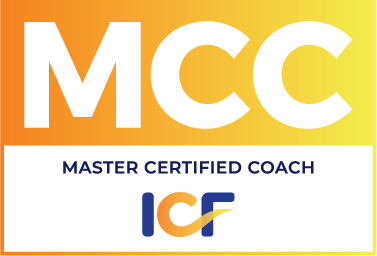Trust-Building Behavior #13 Extend Trust
This is the final tip of my series, which has been adapted from the Stephen M.R. Covey book, The Speed of Trust. I can highly recommend this book to learn more on the subject of trust.
Today’s tip is one you can learn more about in a book called Building Trust, by Solomon and Flores. This was required pre-reading for my coach training. In that book, there is a concept called “authentic trust.” Authentic trust is based on the notion that we always have the choice whether to trust people or not. An interesting concept, that belies the notion that we must trust people based on their actions alone and that we really have no choice but to trust those who deserve it and to distrust those who have betrayed us.
What is important here is this: when I choose to trust others, they become more trustworthy. People show up how we expect them to show up.
Solomon and Flores say, “One of the issues most often discussed by philosophers interested in trust is the weight and rationality of evidence justifying trust–that is, the evidence for the trusted person’s trustworthiness. We, by contrast, consider the weight of the evidence at best a secondary concern, because trusting changes both the person trusted and the person who trusts. Trusting is a choice, a decision, and authentic trusting takes into primary account the way the relationship will change as the result of that choice.” (P. 95, emphasis in original.)
This is for some, a radical notion. Primarily we choose to trust based on historical evidence; i.e., has this person been trustworthy in the past? Certainly many of the foregoing 12 tips have emphasized how we can be and appear trustworthy for others in order to build trust with them. This final tip invites you to look at trust from a different angle. What does it take for you to trust? Under what circumstances do you choose to trust? And importantly, what happens to the relationship when you choose to trust? For, as Solomon and Flores point out, the reason to choose to trust is because it changes the nature of the relationship. This concept shifts us from looking at that person in deciding whether to trust and has us instead focus on the relationship between ourselves and the other person.
Trust and distrust both operate as a spiral. In other words, when you trust others, they are more likely not to let you down. Additionally, when you trust others, they are more likely to trust you. The same is true for distrust. When you do not trust someone, they can usually see that. And when that person knows you do not trust them, they tend not to keep their agreements with you. This is the spiral. The spiral is strengthened by the fact that we usually see what we expect to see. As such, if you truly do not trust someone, they may at certain moments act in a trustworthy manner and you will not notice. It is not within your characterization of them. But if they behave in a non-trustworthy manner, you will definitely notice that because it reinforce your assessment of them. (For a great example of this concept–we see what we expect to see–check out a very short video on youtube: http://www.youtube.com/watch?v=vJG698U2Mvo.)
You can intervene in this spiral by extending trust. This may feel a bit frightening at first, but you also have the opportunity to trust yourself to be able to handle your emotions if the person “betrays” you.
I have done most my experimentation in this realm with my children. In my experience, children do not have the same attachment to trust that adults do. They do not seem to worry whether others trust them. Their concept of trust is not well developed. Yet what I have seen is the more I articulate the concept of trust with my children the more they get it. So I tell them that I trust them and on every possible occasion, I do trust them. But not blindly. If they break my trust, I tell them this too. “When you do this it breaks trust with me.” The distinction though, and why my trust with them is authentic, is that I will choose to trust them again and give them the opportunity to be trustworthy even after breaking trust with me.
For example, if I give my son money for something and he buys something else with it and lies to me and I find out, I will tell him he has broken trust with me. And I may then choose not to entrust him with money for some period of time. But I will consciously choose a time to trust him again and I will say to him, I trust you to hold this money for me. Then we’ll see what happens. I am in my mind, truly choosing to trust. And yet I always remain conscious of what happens. And if he breaks my trust again, I get the opportunity to not feel bad and make up bad things about our relationship. I am handling my own feelings about it. And I will at some point choose to trust him again. Because here is the truth – if I do not trust him again because he has been untrustworthy in the past, there is a much higher likelihood he will not be trustworthy with me. But if I acknowledge his breach of trust as a mistake, have open dialogue with him and choose to trust again the relationship improves and there is a great chance he will keep his agreements in the future.
Extend trust – see what happens!
With Yourself: Notice where you do and don’t trust yourself. Notice your self-talk about your own reliability. Intervene in negative conversations about your trustworthiness and give yourself another chance. Notice why you do and do not keep agreements. Learn from your mistakes and change your behavior. A breach of trust or even a pattern of trust-breaking does not mean that you cannot change. You need only be conscious and know that with observation and neutrality, you can learn and you can choose differently in the future.







